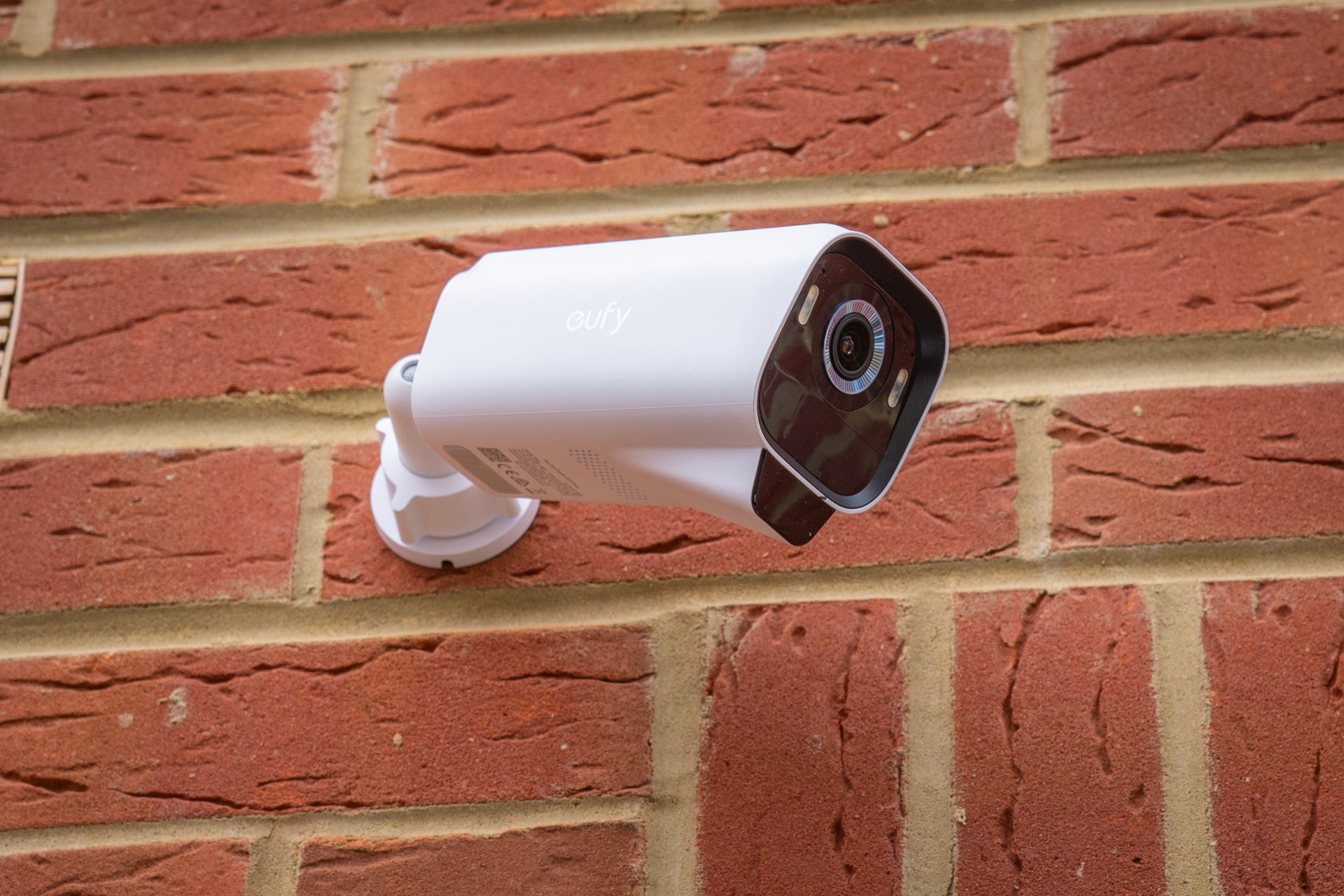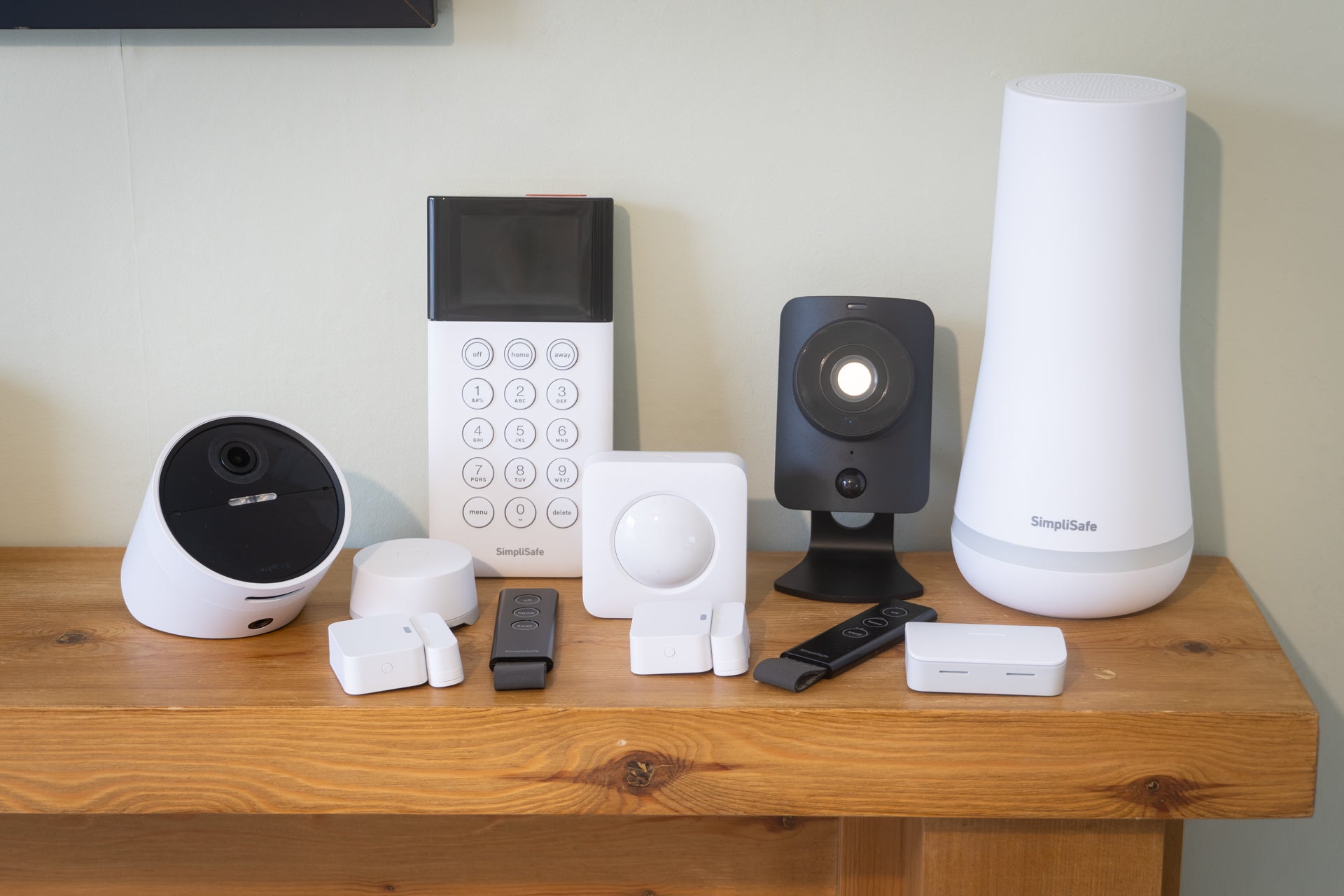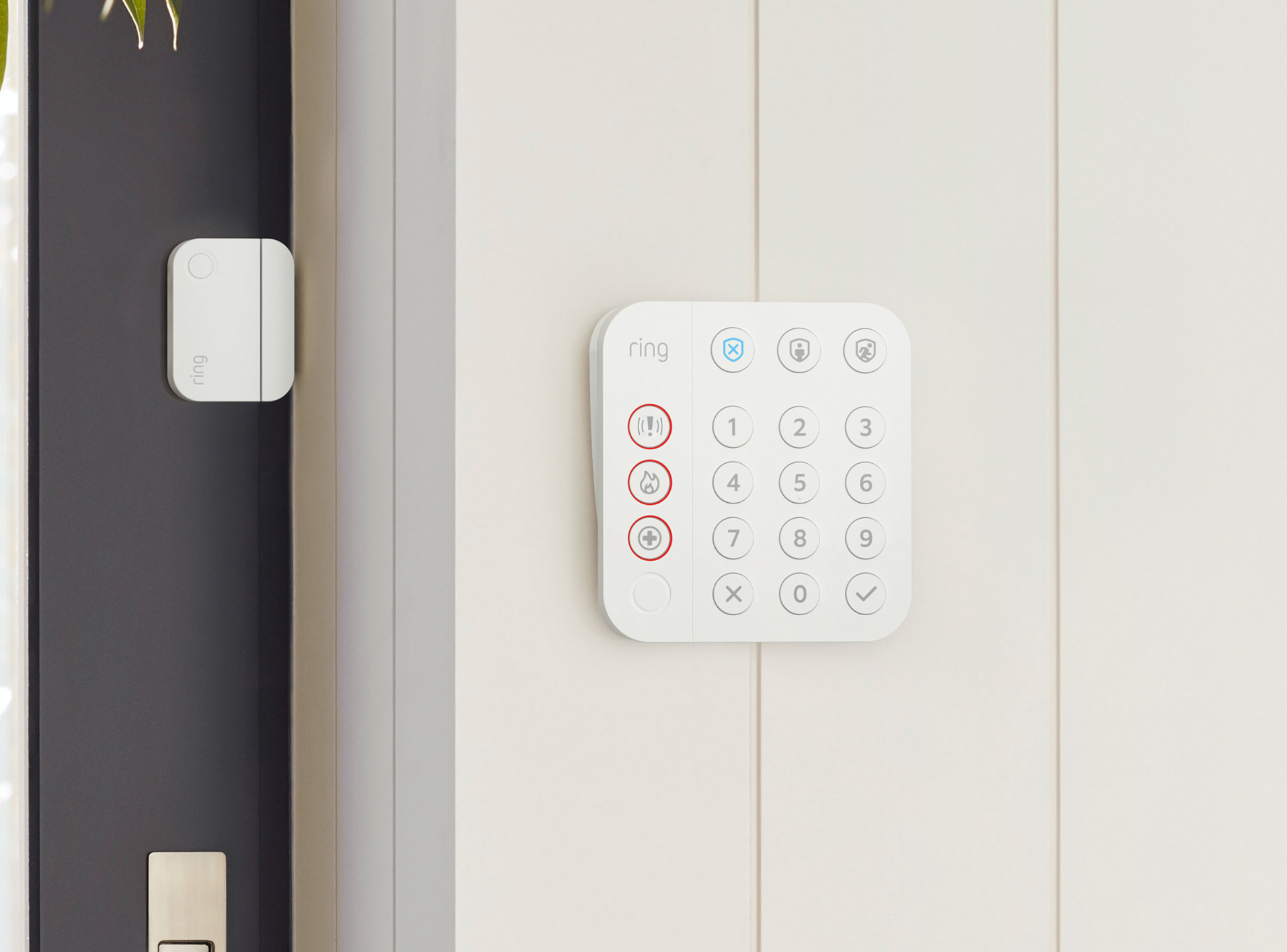How much does it cost to install a home security system in 2025?

Home security systems can be as simple as a single camera, or as complex as your vision – and budget – allows, with sensors, locks, hubs, sirens, smoke screens, a video doorbell and even 24/7 professional monitoring.
How much you choose to spend on an alarm system can stretch from just £20 or £30 for the simplest indoor security cameras, all the way up to over £500 or even £1,000 for a system with multiple high-resolution cameras and other accessories. Plus, some systems require a subscription costing from around £20 to £30 a month to get the most out of them.
The good news is, the cost of installing a home security and alarm system can be as flexible as your budget and requirements. The simplest system can include just a single camera or video doorbell, while mid-range systems add in accessories like door/window sensors, sirens, solar panels and motion detectors. High-end options introduce professional monitoring, where an agent responds to your alarm and can even call the emergency services on your behalf, but these services require a monthly fee.
Most of today’s home security systems can be installed yourself, with only basic DIY skills required. Some high-end systems, like Verisure, require professional installation, but kits from companies like Ring, Eufy, Yale and Arlo are designed to be set up with minimal effort. Often, a security system’s companion smartphone app will talk you through the installation process for every component, ensuring it’s fitted in the best place to protect your home.
Budget home security
Unlike the days of complex CCTV systems, the simplest home security products can be installed for very little money. Some home security cameras cost from just £20 or £30, depending on deals and discounts, yet still offer useful features like HD video recording, night vision, audio and a Wi-Fi connection for sending alerts to your smartphone.
Install one of these cameras – such as the Blink Mini 2 or Blink Mini Indoor – set it up using the free app, and you’ll be notified when nearby motion is detected. These cameras can be perfect for monitoring your driveway, garden, shed, or any other vulnerable area of your home. Buy a camera bundled with Blink’s Sync Module and you don’t need to pay the company’s cloud storage fee, since recordings are saved locally to the module itself.
Other budget home security cameras include models from Wyze, Tapo and Ezviz, with some indoor cameras even priced below £20.
Spend another £15 or £20, and you can pick up a door/window contact sensor. Some of these don’t require a hub to function, so all you do is stick the sensor to a door or window, set it up using the companion smartphone app, and you’ll be alerted whenever the door or window is opened. Many connect to smart home platforms like Amazon Alexa and Google Home, too.
Mid-range home security

Boost your budget to around the £200 mark, and more home security options become available. Video doorbells from companies like Ring start around the £100 mark, and many outdoor security cameras are a similar price.
With a doorbell and a camera you have a security system with two high definition cameras, night vision, two-way audio and motion detection. That’s enough to monitor and secure the front and back of your home, and create a visual deterrent for would-be burglars. Just be aware that some systems, like Ring, charge a monthly fee for saving camera recordings to the cloud. If you want to avoid this ongoing cost, consider cameras that have the option to save footage locally, such as those from Eufy or Blink.
Complete alarm kits are available for around £150 to £220. Eufy’s five-piece home security kit includes a keypad, a motion detection and two door/window contact sensors, plus a hub that doubles as a siren and connects everything to your router. This home security system works without a monthly subscription – and, if you add security cameras later, they save footage locally, so there’s no monthly cloud storage fee either.
Brands like Yale and Ring also sell alarm kits in this price range, complete with motion and entry sensors, keypads and sirens. They can be expanded by purchasing cameras, video doorbells and additional sensors and sirens at a later date, if required. Ring’s alarm system only works properly when paired with a subscription, which starts from £4.99 a month, but rises to £7.99 and £15.99 for extra features.
Top-end home security

If you have more money to spend, the systems already mentioned can be expanded almost indefinitely to include dozens of sensors and cameras. Pricier security cameras offer 4K video resolution, extra storage and integrated solar panels for unlimited power, plus artificial intelligence to control and train features like facial recognition.
But, while products from Ring, Eufy or Yale can create an impressive home security system, one feature is still missing: professional monitoring. This is where a call centre is contacted the moment your alarm is triggered.
An agent can then speak to you, directly through the alarm system, or even use your security cameras (with your prior permission) to assess the situation. If they spot a burglar, a fire or other serious concern, they can call the emergency services on your behalf. If they can’t determine what’s caused the alarm (and can’t get hold of you either), they’ll dispatch an agent to visit your address in person.
Security companies that offer professional monitoring in the UK include Simplisafe and Verisure, with the latter also featuring a system called ZeroVision Alarm, designed to disorient burglars with a thick, non-toxic smokescreen.
Verisure is a made-to-measure home security system only available with professional installation, and priced from around £300 upfront, plus an ongoing monthly fee of around £40 to £50 a month. Simplisafe’s kits cost from around £250 to £700, plus a monthly fee of £27.99 a month for professional monitoring.
Can I install a home security system myself? DIY vs pro installation

Almost all of the systems mentioned above can be installed yourself. Many require little more than a drill and a screwdriver, since security cameras, video doorbells and other accessories all usually come with the relevant screws, brackets and wall plugs in the box. You may also need a ladder to install outdoor security cameras, and for motion sensors that work best when fitted high in the corners of each room.
Some devices, like door/window contact sensors, fix into place with integrated adhesive strips. Others can simply be placed on a shelf or windowsill. Security systems often use their smartphone app to guide you through the installation process for each component, with easy-to-follow instructions and advice for putting everything in the right place.
Of course, it’s perfectly reasonable to pay for a professional installation if you prefer. But for keen DIYers, installing these systems shouldn’t require much time or effort.
This is also true for Simplisafe, although the company offers professional installation from £129 (plus the cost of the system itself). The installer will also talk you through how the system works.
Lastly, Verisure alarm systems cannot be installed DIY. Instead, the company dispatches a technician to deliver and set up your system, then explain how everything works.
:max_bytes(150000):strip_icc()/ralph-macchio-karate-kid-legends-033125-ab50f5fdd62a4faaa41cf272e8b2653a.jpg?w=390&resize=390,220&ssl=1)
:max_bytes(150000):strip_icc()/John-Malkovich-saturday-night-live-Seth-Meyers-Late-Night-with-Seth-Meyers-040925-1-2b48e6706295485ab5b7bda3ad1b25e1.jpg?w=390&resize=390,220&ssl=1)


